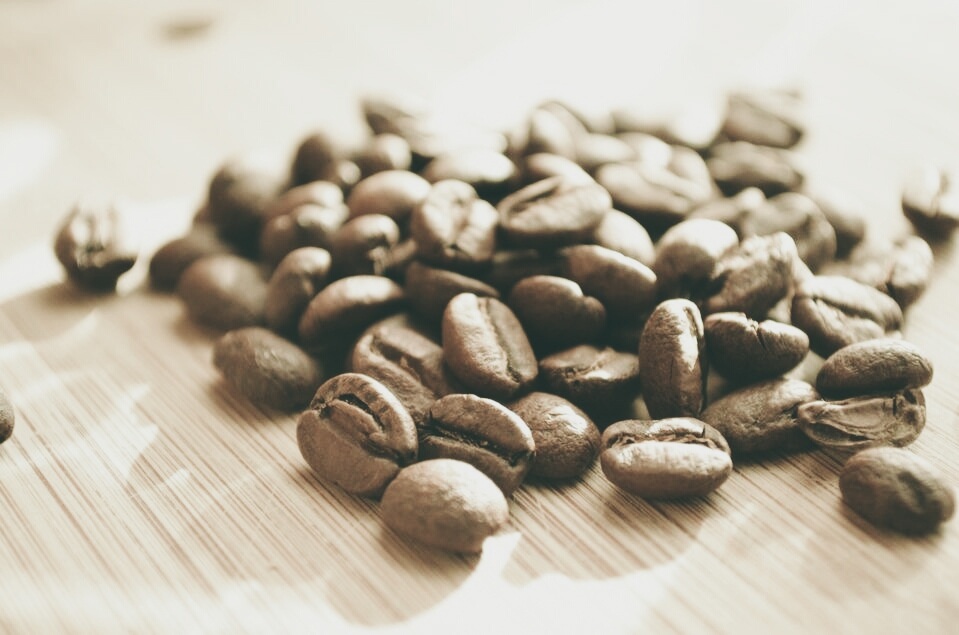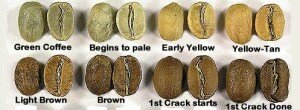What are the Different Types of Coffee Roast?
There are so many different kinds of coffee roasts that it is easy to get confused, and it is often hard to decide which roast is the best to use for your daily brew. Obviously, it depends on your personal taste, but this is a guideline on how to pick the best coffee roast that suits your palate.
Coffee taste or quality is not determined by the roast alone. Another important factor is the origin of the beans. A bean from Ethiopia will have a distinctly different taste from a bean from India, even if they are both French roast.
What is Roasting?
Coffee roasting, which some consider to be an art form, is quite a technical process, requiring precise timing and judgement. A few seconds can make the difference between a perfect roast and a ruined batch. Coffee beans are usually stored and transported in their green state, which is best for retaining their quality and flavour. When the time comes to sell the beans to the end user, they are roasted bring out the flavour and aroma that has been stored in the green beans. The beans are brought rapidly to a high temperature, which causes several chemical changes to occur.
When beans reach the desired darkness or colour, they are rapidly cooled in order to prevent the roasting process from continuing. The point at which the roast is stopped depends on the type or flavour desired by the roaster.
What are the effects of Roasting Coffee?
Sugars are caramelised, and fats and starches are emulsified, resulting in the formation of the coffee oil, which gives the coffee its distinctive taste and aroma. Early in the roasting process, the oils are retained within the beans, but as the roast gets darker, the oils begin to extrude onto the surface. The darkest roasts look distinctly oily. Moisture is excluded in the roasting process, turning the soft, spongy green bean into lighter, crunchy dark bean that we use to grind for our coffee.
There is generally more caffeine in lighter roasts, as the caffeine evaporates under high temperatures.
The Roasting Colour Guide
There are four colour categories for roasted coffee beans. Generally, the lighter roasts are more acidic than darker roasts, with more caffeine, while the darker roast have a fuller, richer flavor. Very dark roasts can have a smoky or charcoal flavour.
Light Roasts
These are light brown in colour, with no oil on the surface, and produce a mild coffee, with more caffeine.
- Cinnamon – the lightest roast, resulting in a ‘bready’ flavour like roasted grain, with not much body and sour tones.
- New England – Popular on the east coast of the USA, it is slightly darker than the cinnamon roast, but does not have the grainy flavour.
Medium Roasts
These beans are medium brown in colour, as the name suggests. They have a non-oily surface. This a generally preferred blend in the USA, and so is often referred to as an American Roast. This roast is most commonly used in professional tasting. These roasts are best for French presses or drip coffee machines.
- City
- American
- Breakfast – a popular roast for a lighter, morning coffee
Medium Dark Roasts
Beans are a dark chocolate brown, with oily drops on the surface. As the sugars have just started caramelising, the caramel flavour starts to become more distinct. These roasts are more common in the Western USA, and are best for distinguishing between the different varieties and regions of coffee beans.
Dark Roasts
The beans are shiny black, with an oily surface. There is less acidity, but the flavour becomes more bitter. These roasts are best used for a good strong espresso. You can use these roast on all coffee machines, but you get the best, fullest flavours when using pressure as well as heat.
- French Roast (often called continental)
- Italian Roast – Darker and oilier than French Roast, with a slightly burned flavour
- Viennese
- Spanish – This is the darkest roast available, with almost black beans. It has a flat flavour with charcoal undertones.
If you have a coffee roastery near you, you can go along and ask for some samples to try out. Otherwise order the smallest quantities, and You may find that you prefer different roasts in the morning, midday and evening. You can also buy yourself a home coffee roaster, and experiment with your choces of flavors.



